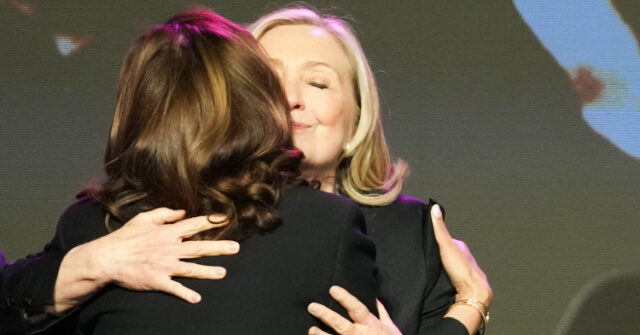Hillary Clinton’s recent foray into Florida aims to bolster the campaign of Vice President Kamala Harris and Minnesota Governor Tim Walz, just days ahead of a pivotal election. This visit is both a strategic outreach effort and an opportunity for Clinton to engage with voters, emphasizing their support for Democratic candidates. Harris will be actively involved in the event, encouraging Floridians to vote for not only the presidential and vice-presidential candidates but also other Democrats vying for various offices in Florida. Clinton’s engagement is notable given Florida’s current political landscape, dominated by a Republican stronghold, underscored by a significant voter registration advantage favoring Republicans.
Despite her efforts, Clinton’s participation comes amid challenges for Democrats in Florida, a state firmly in the grip of former President Donald Trump. The political dynamics show over one million more registered Republicans than Democrats, raising questions about whether her visit can sway the electorate in favor of the Democratic candidates. Furthermore, the current electoral climate demonstrates strong Republican momentum in early and mail-in voting, particularly in historically blue areas such as Miami-Dade County. This trend has foreboding implications for Democrats, who are grappling with the loss of ground in key districts.
Recent voting statistics unveil a troubling picture for Democrats in Florida. Although Democrats hold a slight registration advantage in Miami-Dade County, the Republican Party has made significant strides in early and mail-in voting. Reports indicate that Republicans now lead by a substantial margin in these categories, a shift highlighted in the wake of a notable Trump rally in the area. This change in voter sentiment challenges the traditional assumptions about Miami-Dade as a reliable Democratic stronghold, signaling a potentially major shift in the state’s political allegiances.
The Republican momentum is further substantiated by statistics revealing a cumulative lead of 751,056 votes for Republicans over Democrats in early and mail-in voting across Florida. In Miami-Dade specifically, Republicans have established a lead of 33,459 votes, demonstrating a remarkable shift in voter behavior in a short span. These numbers reflect broader national trends wherein Republican strategies seem to resonate more with voters, particularly in regions that have historically leaned Democratic. This shift could have significant repercussions for upcoming elections, both in Florida and nationally, if allowed to persist.
Polling data reinforces these findings, revealing a consistent lead for Trump in the Sunshine State. As of the latest RealClearPolitics average, Trump holds an impressive advantage of 8.5 percent over his Democratic rivals. This trend suggests a solidified support base for the former president and indicates a turbulent road ahead for Democrats seeking to make inroads in a state that plays a crucial role in national elections. The Republican Party’s successes in mobilizing voters through early voting initiatives and engaging communities in grassroots strategies appear to be gaining traction, posing a formidable challenge for Harris and Walz’s campaign efforts.
Ultimately, Clinton’s visit to Florida spotlights the evolving political landscape of the state as she allies with Harris and Walz ahead of a critical election. While her intentions may be to galvanize support for the Democratic candidates, the prevailing sentiments among voters, demonstrated by ongoing Republican leads in registration and voting activity, tell a different story. The Florida election results may serve as a bellwether for national trends, reflecting the complexities and shifting allegiances in American politics as the country approaches polling day. As both parties rally their bases for final pushes, the outcomes in Florida could wield significant influence on the national political framework and the parties’ strategies moving forward.

